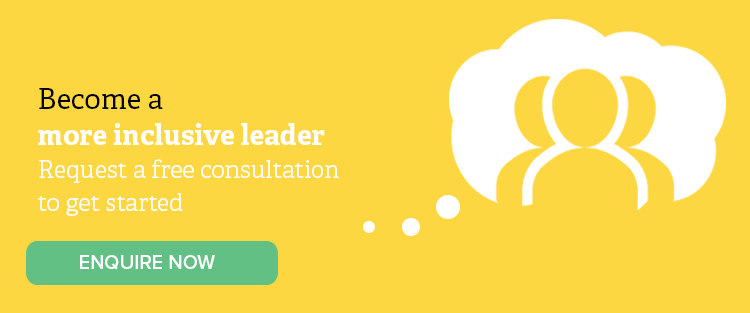Agile Thinking is the ability to consciously shift your thinking when and how the situation requires it.
The Whole Brain® Model provides a powerful framework to ensure you can make that shift, identifying four different thinking preferences, and giving you the skills you need to leverage each.
What are the four thinking styles represented in the Whole Brain® Model?

The Whole Brain® Model is divided into four quadrants that represent different thinking preferences characterised by distinct mental processes. These four quadrants are:
A – Analyse
This mental process is logical, fact-based, and often quantitative. Agile thinkers look at an array of information and extract meaning that can be used to solve problems and achieve goals. Analysing means answering questions such as:
- What outcomes should we focus on for this quarter? This year? The next five years?
- What options will give us the highest return on our investment of time, money, energy and other resources?
B – Organise
Besides choosing what outcomes to produce, agile thinkers determine how to achieve them. This mental process is about planning, execution and relentless focus—making sure that goals and quality targets are met. Skilled organisers answer questions such as:
- Who will be on this project team?
- How will we track our progress?
- What’s the final due date for this project?
- What, exactly, will be delivered on that date?
- What are the interim due dates (milestones) for this project?
- What are the very next actions we need to take to produce our desired outcomes?
They often pose “safekeeping” questions, as well. When considering a proposal they ask:
- How do you know this idea will work?
- Has something like this ever been done before?
- What are the benefits?
- What are the risks?
- Can you give me some references?
C – Personalise
In contrast, this mental process centres on “people skills” and is feeling-based, kinesthetic and emotional. Agile thinkers engage in positive ways with employees, clients and other stakeholders. They’re comfortable working with a variety of people and forming strong personal connections. Before okaying a project, they want to know who will be affected and how they will feel about it.
When thinking about products and services, for instance, they ask:
- Who is our target audience?
- What are they most worried about?
- What do they already know about this topic?
- How do they feel about this topic?
- What will they do with the information and ideas we provide?
- Do they see us as competent, credible and trustworthy?
- Will they feel good about buying into our proposal?
D – Strategise
This mental process is about innovation—seeing the big picture and thinking creatively. While analysis is about narrowing down the available options, strategising is about opening up more of them.
Agile thinkers can invent new business ideas and new ways of getting things done, often by asking:
- Why are we doing this?
- What if we tried doing it a different way?
- Is this a truly new idea?
- Can we get excited about this idea?
- Can we visualise what the result will be?
- If we achieve our goal, then what else becomes possible?
- What are the connections between the ideas we’re considering, and how can we combine them?
- What are we forgetting to consider?
- Can we bring in someone with different expertise to help us solve this problem?
Leveraging the whole brain: the magic of metacognition
Each of us has access to our whole brain, which means we have latent abilities in all of the above mental processes. Agile thinkers cultivate them to an extraordinary degree.
You can do this, too. The key is making a habit of metacognition—thinking about your thinking:
- During the day, pause to ask what kind of thinking is most appropriate to the task at hand. Consciously choose when to analyse, organise, personalise and strategise. When solving a problem, mentally walk through each mental process.
- Allow time for thinking. Create space during your day to reflect on the kinds of questions mentioned in this post. Put the most important answers in writing.
- Seek outside perspectives. When solving problems or asking for feedback, we usually seek out people who are on the same “wavelength”—those who are most likely to confirm our opinions. It’s a lot more comfortable to get validation than pushback. Yet there are times when a contrary perspective is what you need to get results.
Richard Branson of Virgin Airlines said it well:
“My ability to listen to other people and accept it when their suggestions are better than mine has been useful during my 40 years in business. I’m never too proud to admit I’m wrong or take action when others’ suggestions are better.”
That statement embodies the mental agility that makes for great inclusive leaders. As you seek to lead, start with yourself and consider how you can adopt the thinking agility of these inclusive leaders.
Learn how to leverage Whole Brain® Thinking to become a more inclusive leader.
This article was originally published in 2016. It has been updated in 2019 and republished to ensure our readers don’t miss out on valuable information.



